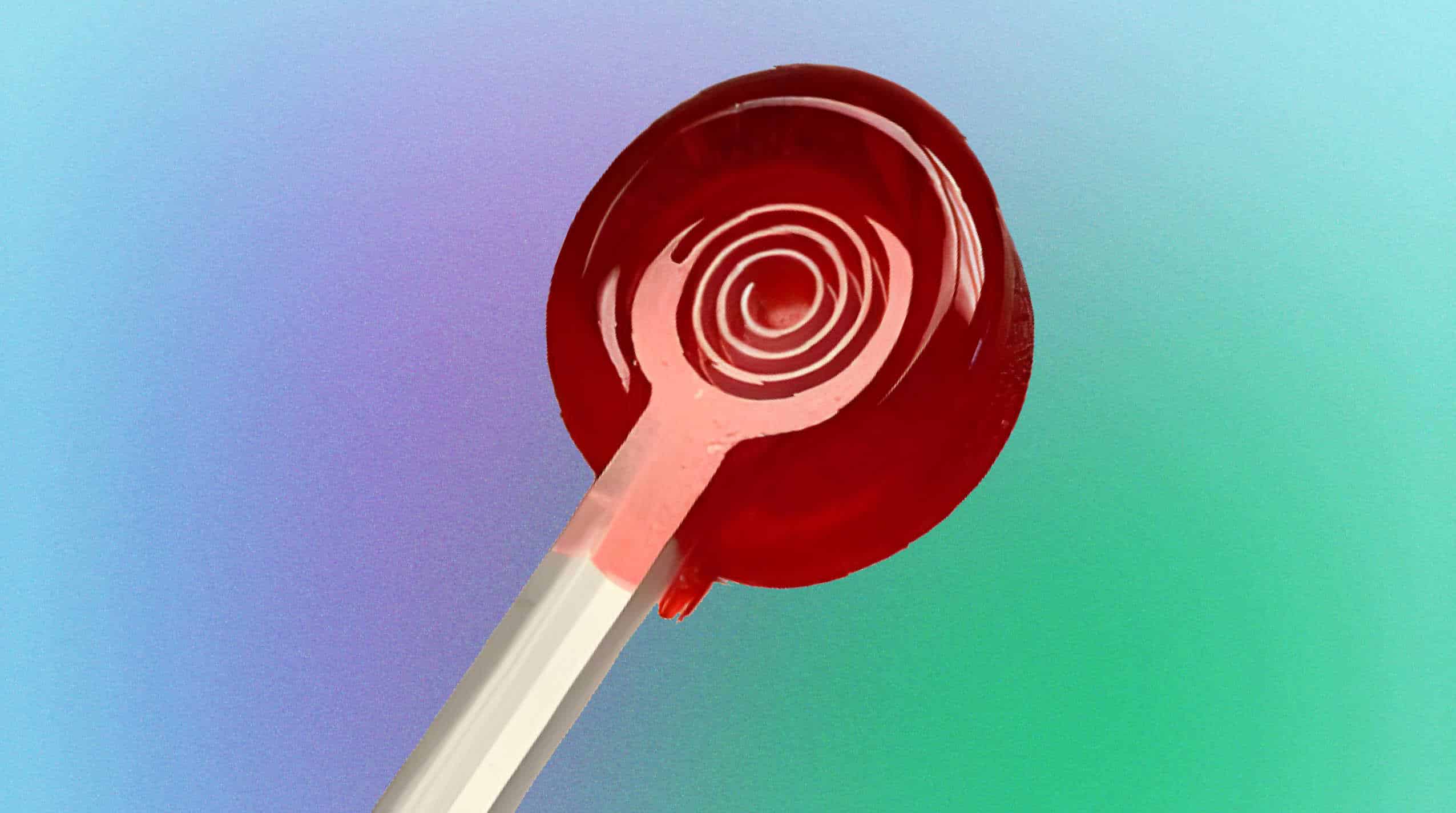Saliva sampling is frequently used as a less intrusive method for testing infections like strep throat, eliminating the need for throat swabs. But in the future, collecting saliva could become even simpler — not to mention tastier — thanks to a new lollipop-inspired device, which researchers have now tested among adult volunteers.

The new device, called CandyCollect, looks like a typical lollipop at first glance. It even tastes like one. But there’s one noticeable difference: its stick has a unique spoon-like design with a spiral-shaped groove on the top. This flattened end is coated with isomalt candy, which enables saliva to effortlessly flow into the groove as the lollipop is consumed.
In previous studies, researchers showed the efficacy of the device in capturing the bacteria associated with strep throat through lab tests. Building on these findings, they wanted to compare the performance of CandyCollect with commercially available at-home saliva sampling methods.
“Taken together, we have demonstrated that the CandyCollect is a user-friendly saliva collection tool that has the potential to be incorporated into diagnostic assays in clinic visits and telemedicine,” Sanitta Thongpang, Ashleigh Theberge, Erwin Berthier and their team of researchers wrote in their paper in the journal Analytical Chemistry.
Improving diagnostic testing
Throat swabs are commonly utilized to diagnose various illnesses, including strep throat. However, to make the process less invasive, saliva sampling has emerged as an alternative method. This technique involves the analysis of a patient’s saliva using quantitative polymerase chain reaction (qPCR).
Despite its convenience, as we can do the test at home, gathering an adequate amount of saliva can be somewhat unpleasant. To address this, the researchers are exploring the idea of combining the saliva collection process with the enjoyable experience of savoring a lollipop, which is equally drool-inducing but significantly more pleasurable.
In their new study, the team supplied a group of 28 adult volunteers with CandyCollect and two traditional saliva sampling kits. They used the devices, completed survey questionnaires, and returned the samples to the lab. The researchers then measured the level of two bacteria – Streptococcus mutans and Staphylococcus aureus bacteria.
CandyCollect detected the target bacteria in every instance when either or both of the conventional methods identified them. CandyCollect also emerged as the most favored method among participants. They deemed it the “most sanitary” and “least disgusting” option. Even after a year of storage, the device maintained its accuracy in producing reliable results.
Although further studies are ongoing, the research team highlighted that these findings demonstrate the adaptability and positive reception of the CandyCollect system. They believe that such advancements could serve as inspiration for other scientists to develop more user-friendly and convenient at-home testing methods.






